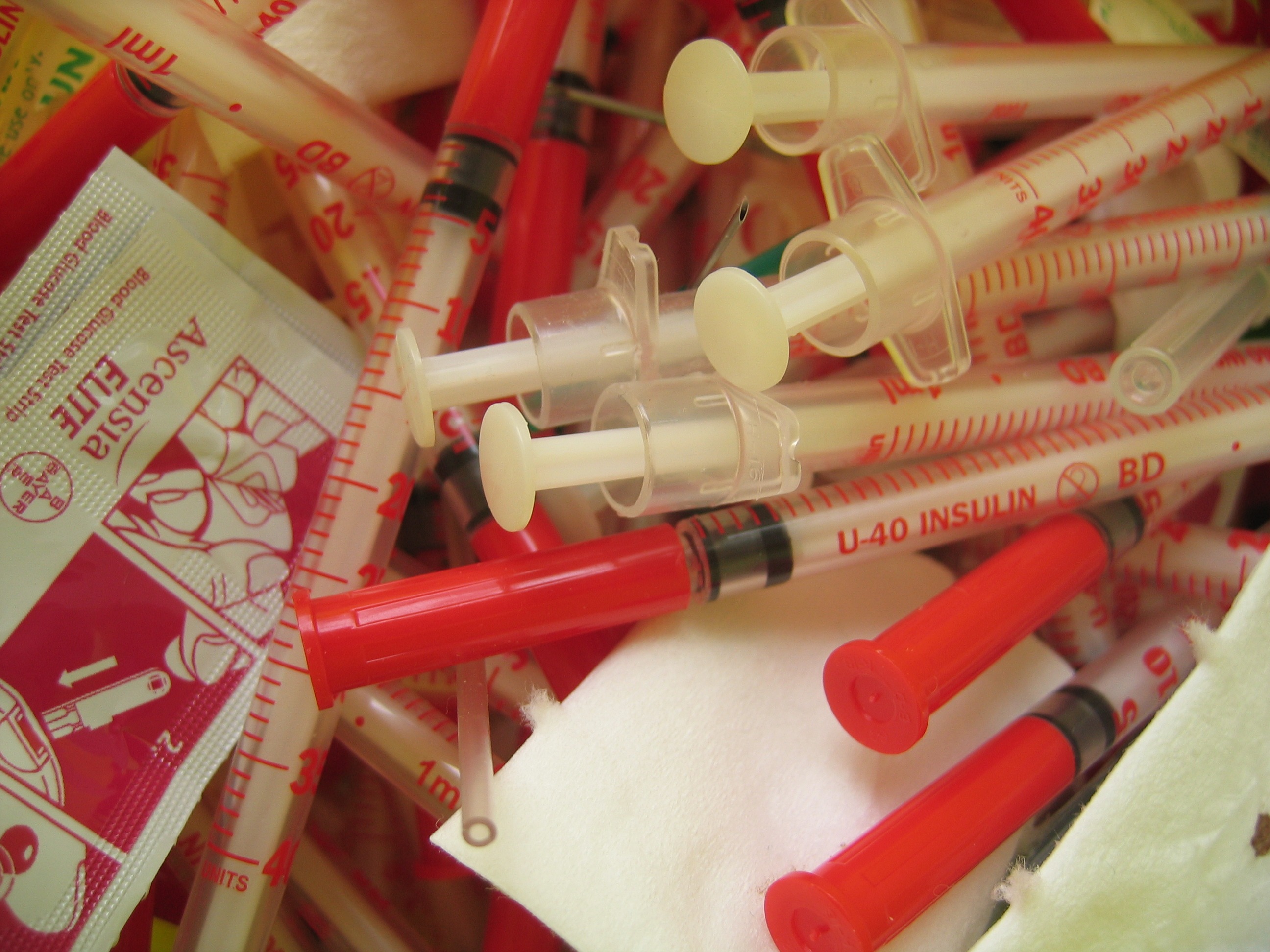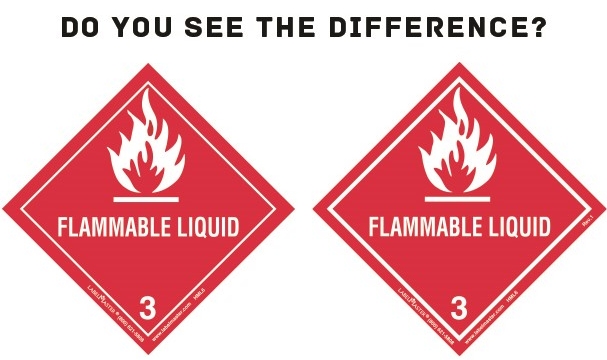Sharps and Lab Glass Waste

Sharps waste is regulated by state law and requires special handling. Sharps are instruments used to puncture or cut body parts. In a waste container, sharps can cause cuts, punctures and potential exposure to waste handlers.
Laboratory glass and plastic waste are not technically sharps but can puncture regular waste bags and injure waste handlers. The rules for packaging and disposal of laboratory glass and plastic waste differ depending on whether or not the items are contaminated.
